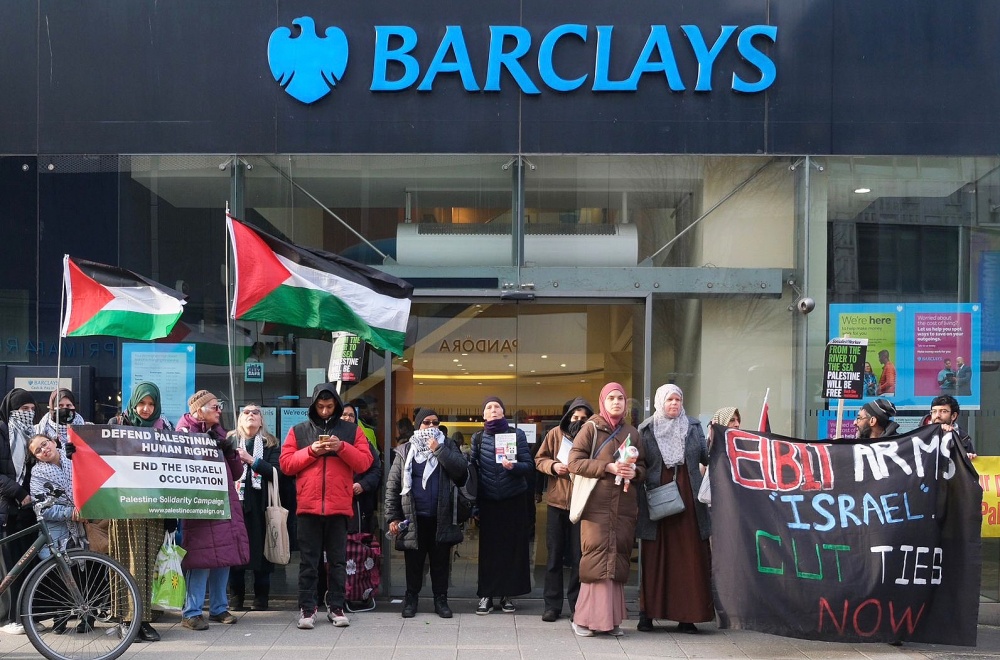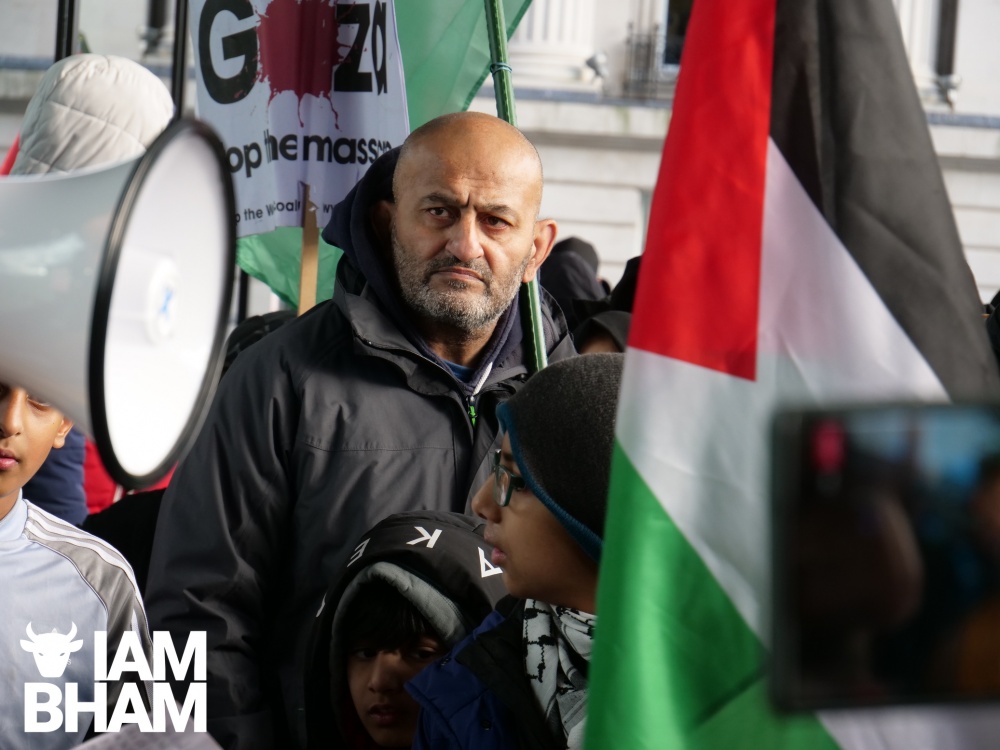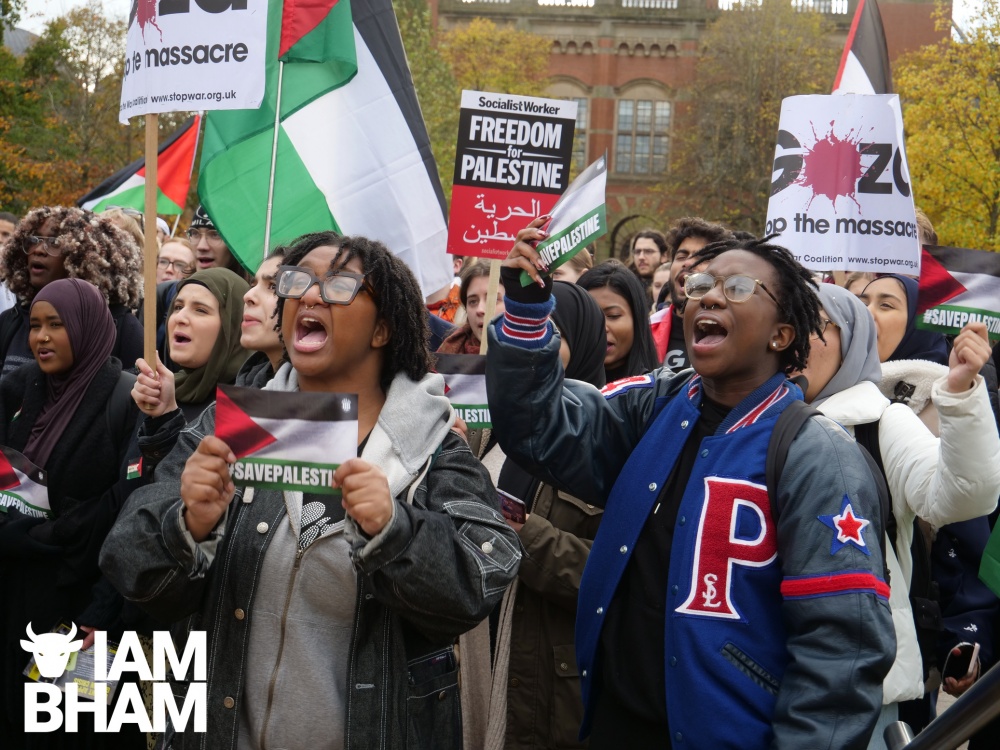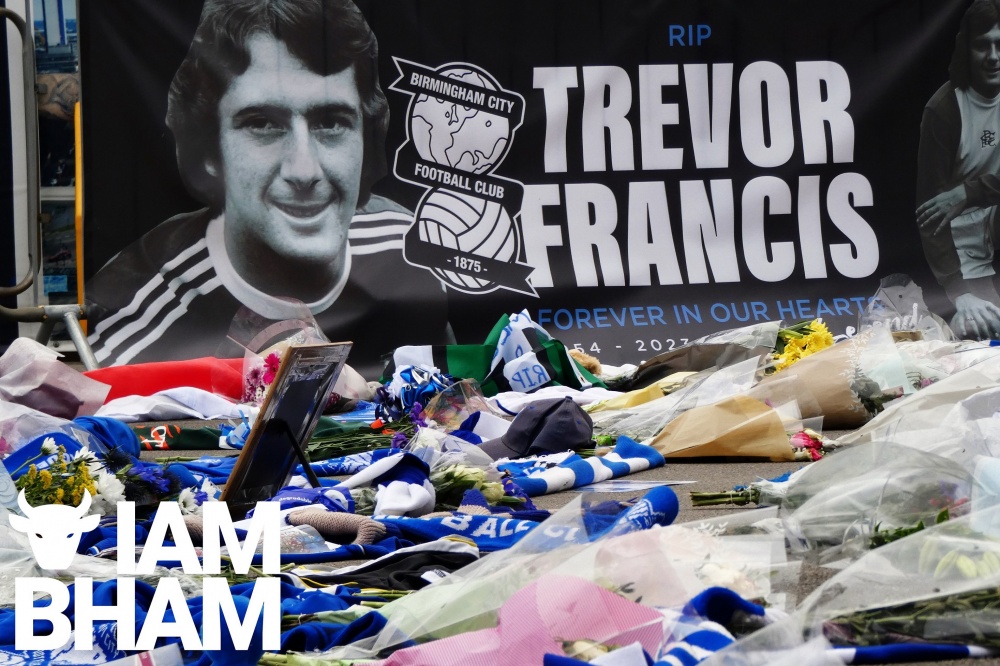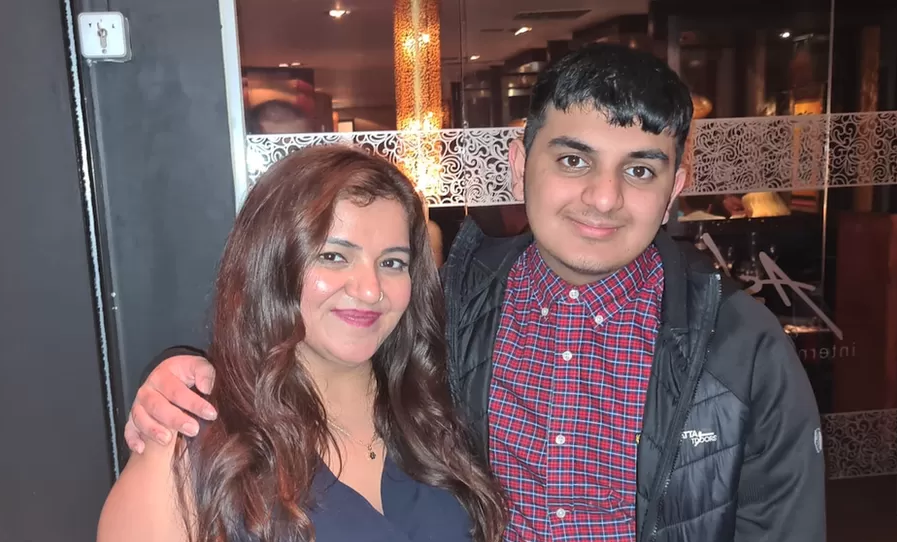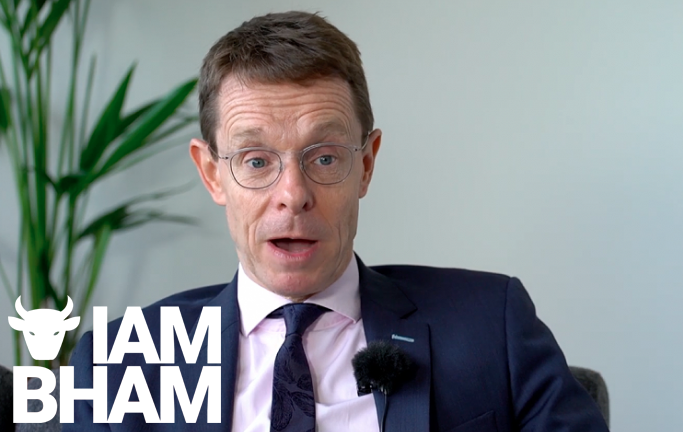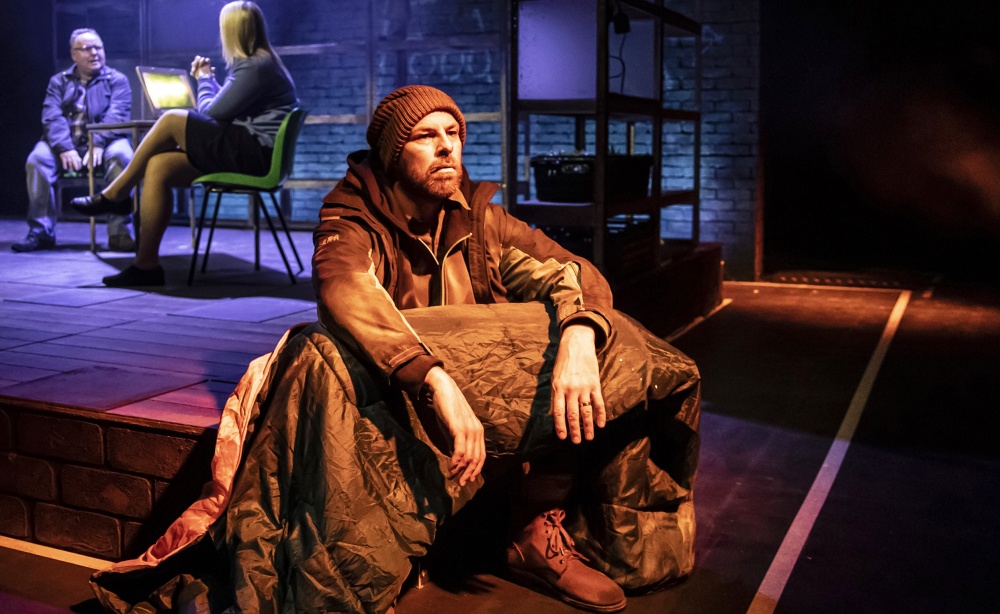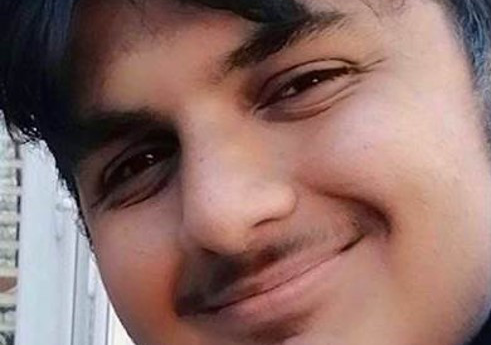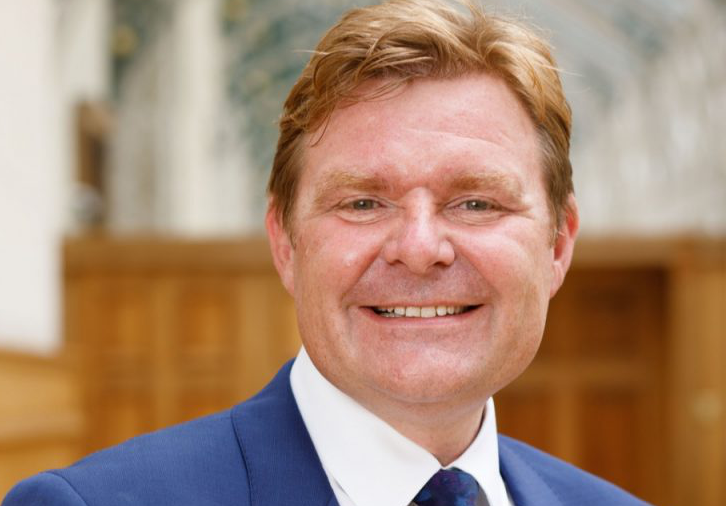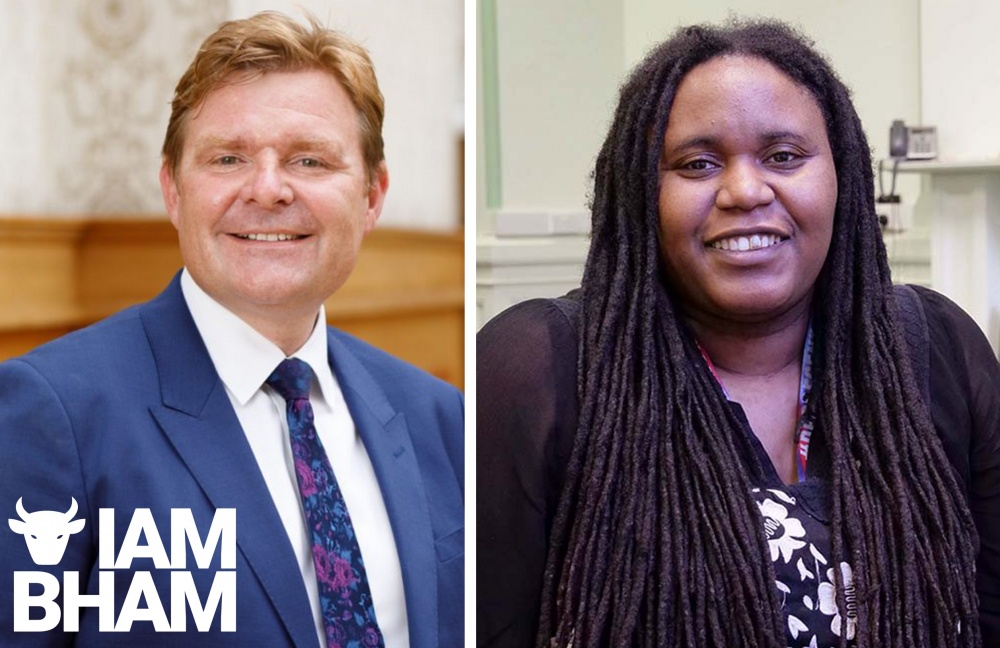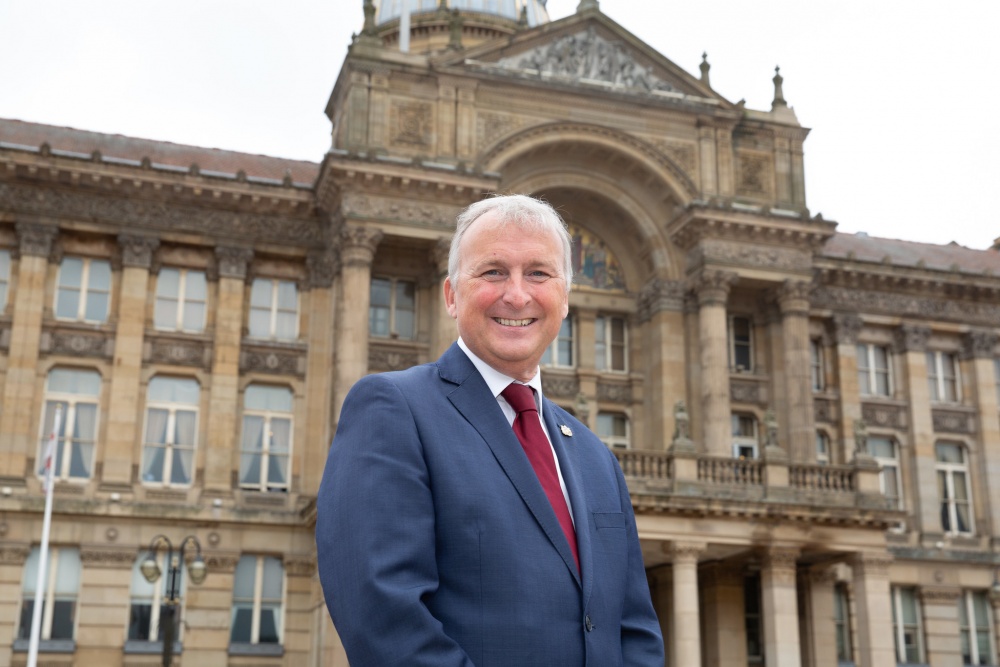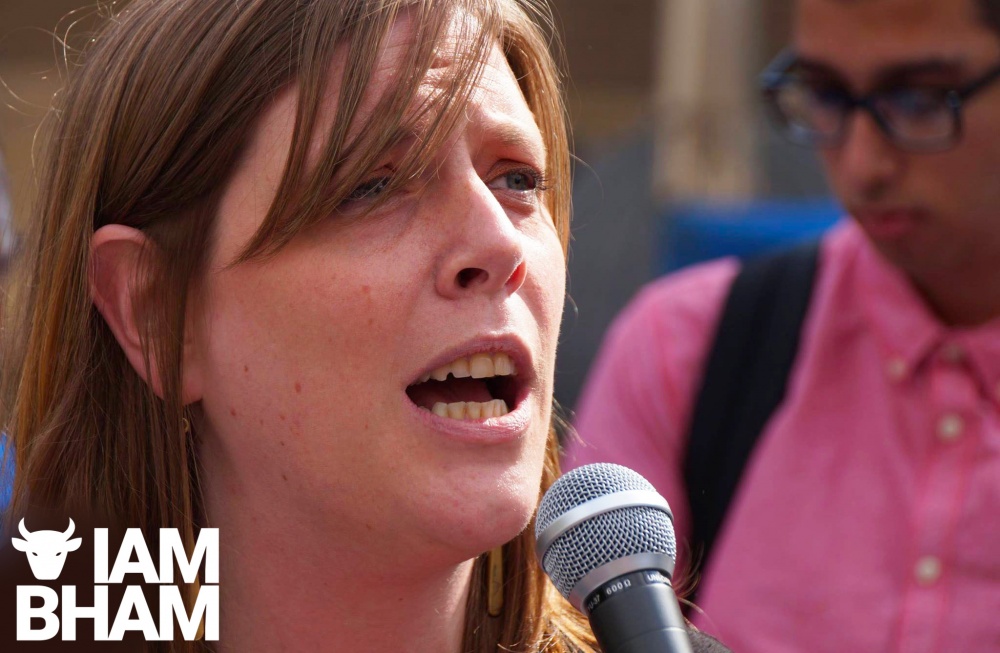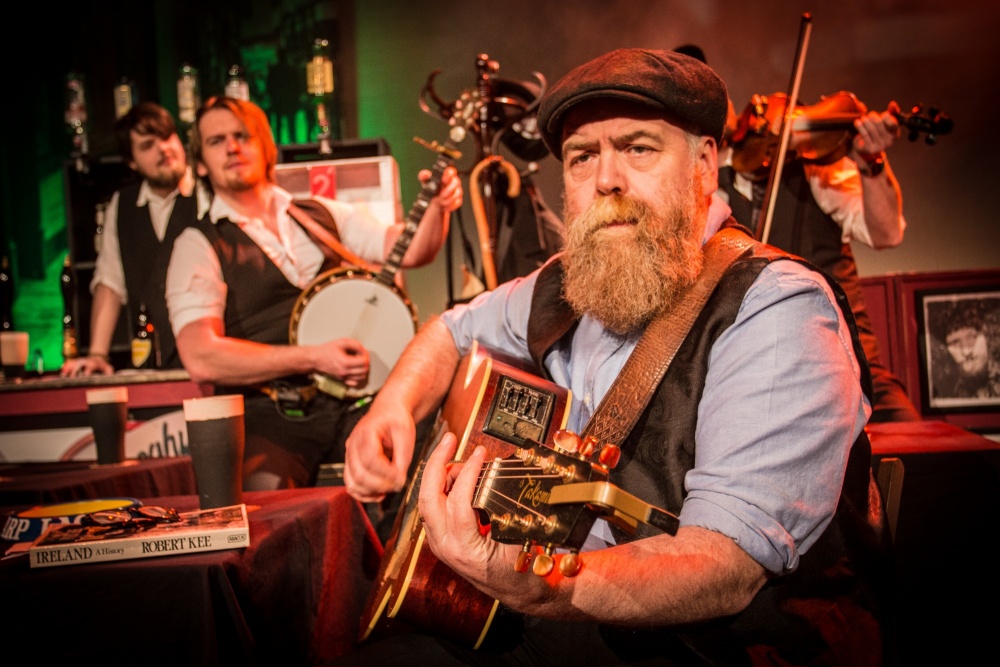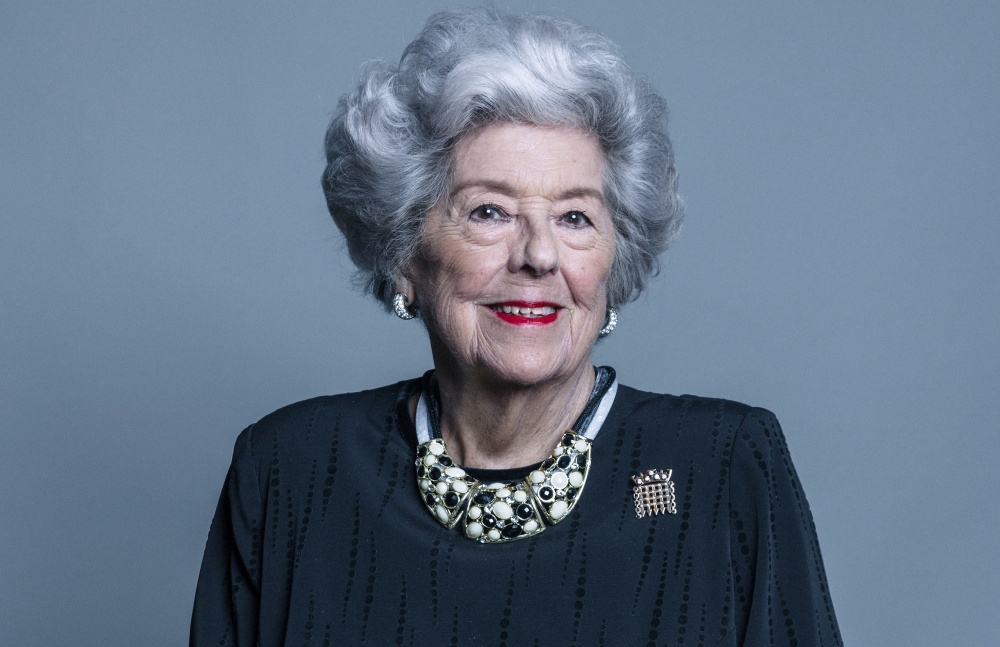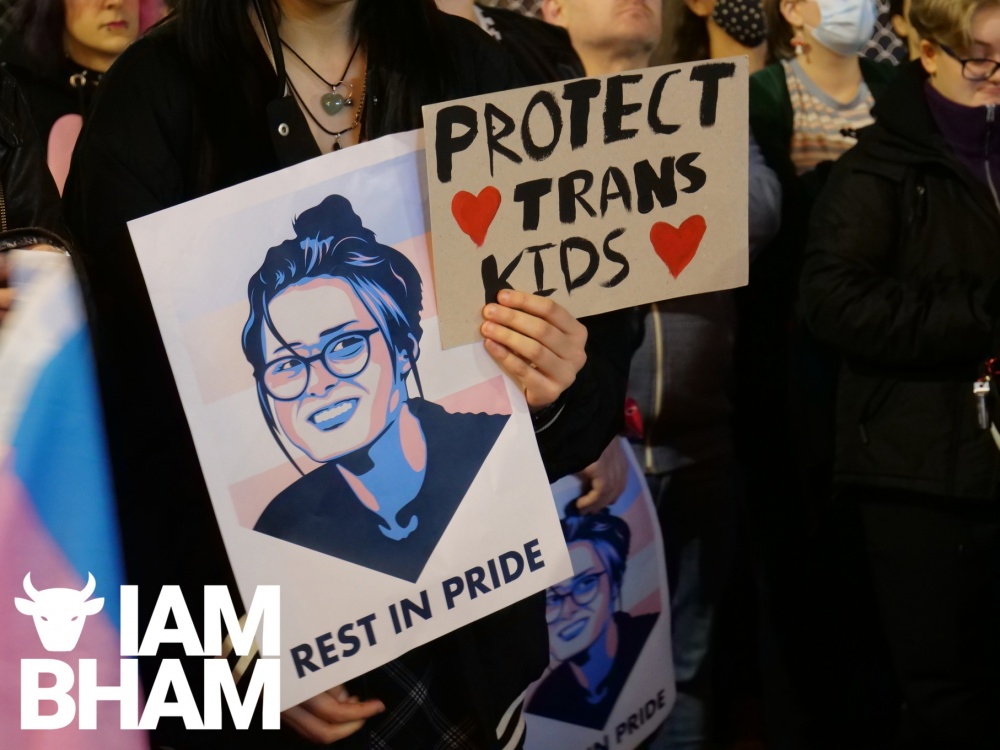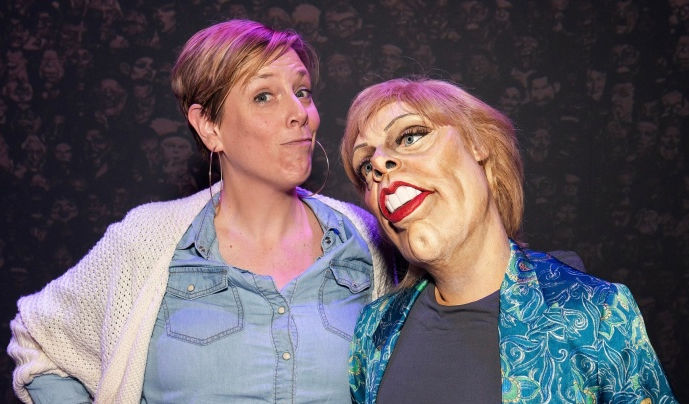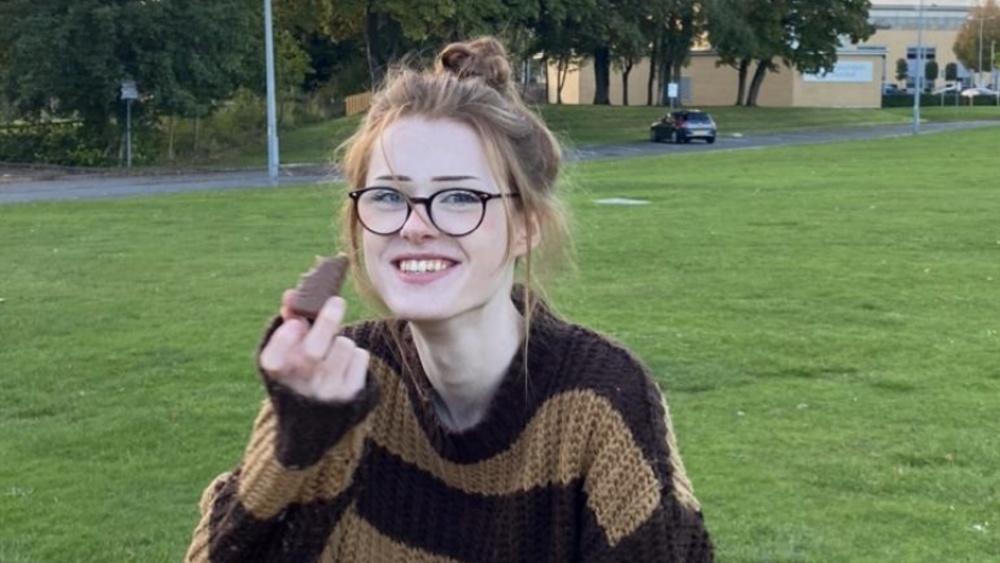Why do people wear white poppies for Remembrance Day?
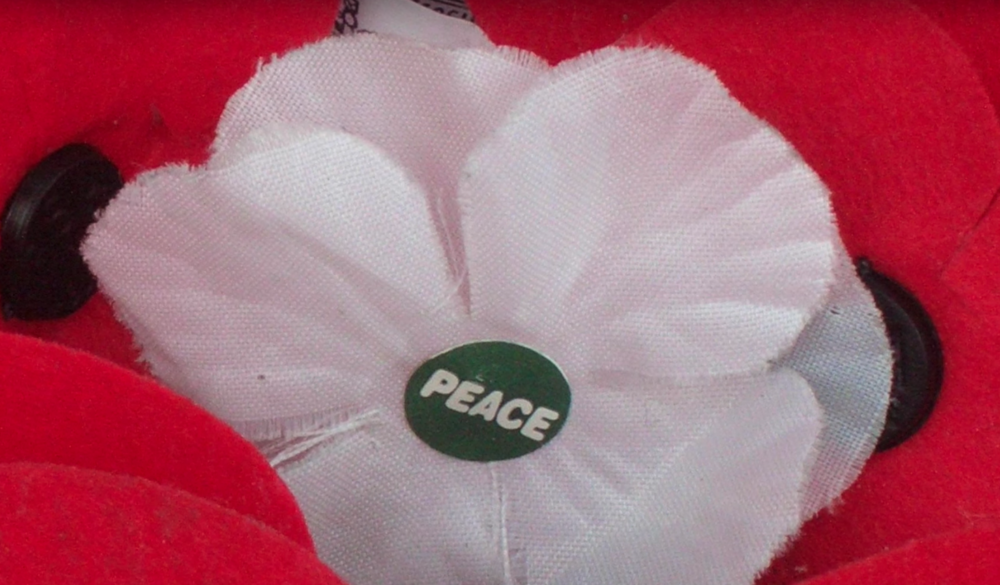
Along with the famous red poppies sold and promoted by the Royal British Legion each year, many people also choose to wear white poppies to mark Remembrance Day.
Some wear either a red or white poppy, while others wear both, but why do people wear white poppies and what do they represent?
White poppies are worn in the run-up to Remembrance Day every year by thousands of people in the UK and beyond. White poppies have been worn in this way for over eighty years and are distributed by the Peace Pledge Union (PPU).
There are three elements to the meaning of white poppies: they represent remembrance for all victims of war, a commitment to peace and a challenge to attempts to glamorise or celebrate war.
Remember all the victims of war
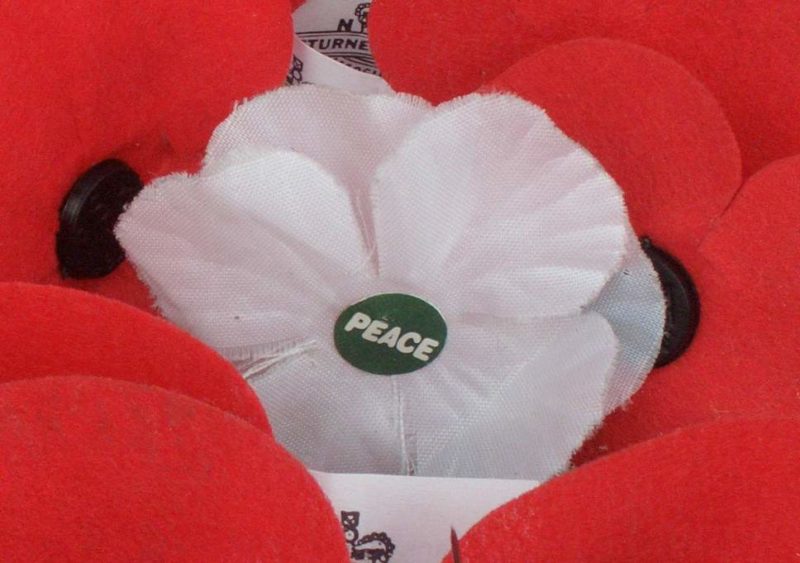 Nankai
Nankai White poppies recall all victims of all wars, including victims of wars that are still being fought. This includes people of all nationalities. It includes both civilians and members of armed forces. Today, over 90% of people killed in warfare are civilians.
In wearing white poppies, wearers remember all those killed in war, all those wounded in body or mind, the millions who have been made sick or homeless by war and the families and communities torn apart. They also remember those killed or imprisoned for refusing to fight and for resisting war.
The Peace Pledge Union differ from the Royal British Legion, who produce red poppies. According to the PPU, “The Legion says that red poppies are to remember only British armed forces and those who fought alongside them”.
Wearers of white poppies want to remember British military dead, but accept they are not the only victims of war. They also remember the many civilians who have died or suffered in war, both those from the past and those in the midst of war today, in Syria and Yemen and many other violent conflicts around the world. Suffering does not stop at national borders, and nor should remembrance.
Stand up for peace
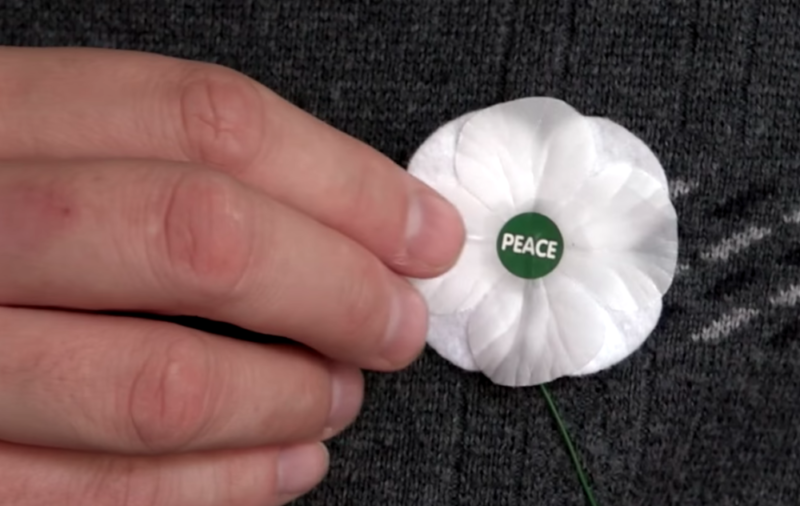 PPU
PPU White poppies symbolise the conviction that there are better ways to resolve conflict than through the use of violence. They embody values that reject killing fellow human beings for whatever reason. Nearly 100 years after the end of the “war to end all wars”, many feel there’s still a long way to go to put an end to a social institution that even in the last decade has contributed to the killing of millions.
From economic reliance on arms sales to renewing and updating all types of weapons, the UK government contributes significantly to international instability. The outcome of recent military adventures highlights their ineffectiveness and grim consequences.
The Peace Pledge Union states: “The best way to respect the victims of war is to work to prevent war in the present and future. Violence only begets more violence. We need to tackle the underlying causes of warfare, such as poverty, inequality and competition over resources. A temporary absence of violence is not enough. Peace is much deeper and broader than that, requiring major social changes to allow us to live more co-operatively.”
Challenge militarism
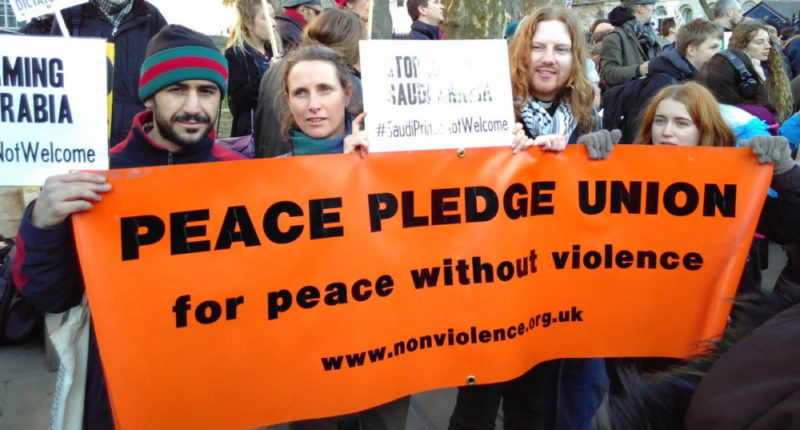 PPU
PPU A message originally associated with Remembrance Day, after the first world war, was “never again”. This message slipped away. In response, white poppies were developed in 1933 by the Co-operative Women’s Guild to affirm the message of “no more war”.
The PPU states: “Many of the activities around Remembrance Day are detached from any meaningful attempt to learn the lessons of war. Arms companies instruct their staff to pause work for the two minutes’ silence. Politicians who plough billions into weapons lay wreaths at the cenotaph. Arms dealers sponsor Remembrance events even while their work makes war more likely.
“In 2014 for example, the British Legion Young Professionals’ ball was sponsored by Lockheed Martin, one of the world’s largest arms companies. Lockheed Martin plays a major role in manufacturing the Trident nuclear weapons system. Each Trident missile is capable of killing far more people than the 888,000 people represented by the red poppies that were displayed at the Tower of London at the time.
“Working for peace is the natural consequence of remembering the victims of war. If, for example, we were remembering the victims of road accidents, we might well do so by working to prevent further road accidents. This logic, which would apply in other areas of life, is rejected by those who seek to misuse Remembrance Day to promote militarist values that only make war more likely.”
In 2018, sales of white poppies have been higher than in any previous year since white poppies were founded in 1933.
White poppies are available in a number of shops, cafes and other outlets, and can be found online here.





